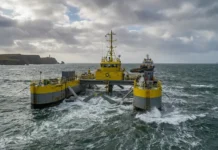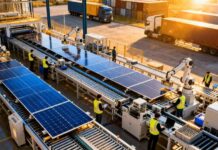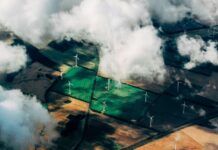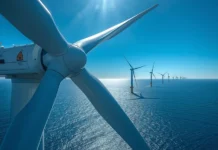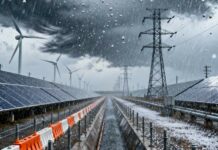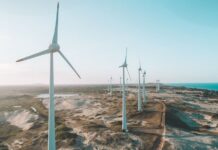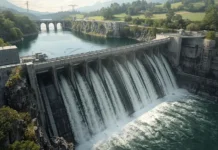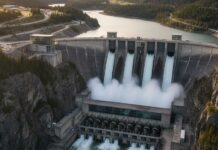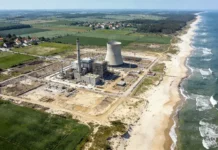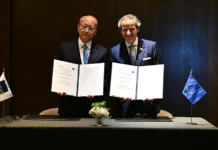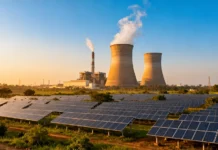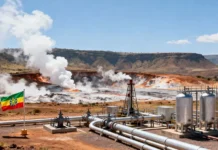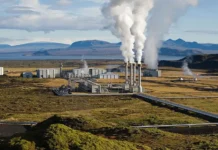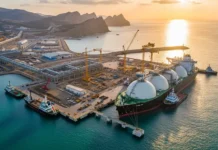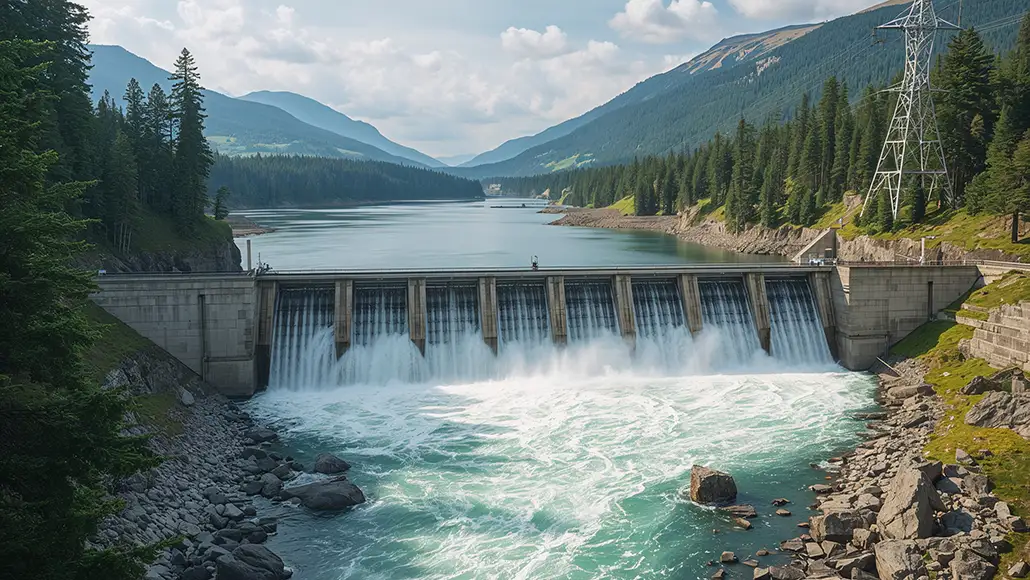Remote and Indigenous people throughout Canada are shifting increasingly toward renewable energy consumption, attempting to minimize fossil fuel usage and achieve energy sovereignty. A significant leap forward has come with the announcement by the Government of Canada of almost $17 million in investment to fund two projects to boost indigenous hydropower plans in Quebec.
Brendan Hanley, Parliamentary Secretary to the Minister of Northern and Arctic Affairs, made the announcement on behalf of the Tim Hodgson, Minister of Energy and Natural Resources. The funding will back the 7.5-megawatt (MW) Innavik Remote Hydro Project in Inukjuak and the exploration of a 17-MW hydroelectric power plant at the Matawin dam near St-Michel-des-Saints. The combined investment aligns with Canada’s commitment to lowering household energy costs, expanding access to clean electricity and strengthening partnerships with Indigenous Peoples in the transition to a sustainable energy economy.
The Innavik Remote Hydro Project, a run-of-river facility, replaces the community’s reliance on diesel fuel for nearly all energy needs. As the largest off-grid hydropower project in Canada, it is expected to deliver long-term economic benefits to Inukjuak’s 1,800 residents. The $14.9 million contribution to the project was provided through the Clean Energy for Rural and Remote Communities (CERRC) program, a $453 million initiative launched in 2018 and recapitalized in 2021 to help reduce diesel use in rural and Indigenous regions. To date, CERRC has supported 229 projects nationwide, including large-scale renewable infrastructure, bioheat initiatives and innovation pilots.
The Innavik project also represents a 50-50 partnership between the Pituvik Landholding Corporation, the development corporation for the Indigenous community of Inukjuak, and Innergex Renewable Energy. At 7.5 MW, it stands as the largest project commissioned under the CERRC program and the biggest remote community-scale renewable energy facility in Canada.
Simultaneously, the Matawak Hydroelectric Power Plant, which is Indigenous-led, will develop 17 MW of capacity on the existing Matawin dam at Lac Taureau reservoir, which is owned by Hydro-Québec. With more than $1.7 million in funding from the federal government through the Smart Renewables and Electrification Pathways Program (SREPs), the project aims to provide localized energy needs and support growing demand for clean energy. The SREPs initiative, worth $4.5 billion, aims to drive grid modernization, energy storage and non-emitting power throughout Canada. The Matawak project is expected to start construction in 2026.
The initiatives to advance indigenous hydropower plans show how national funding, leadership and private partnerships can work together to speed up the clean energy transition in Canada.
“The Government of Canada is committed to reconciliation and supporting clean energy projects in Indigenous, rural and remote communities. In collaboration with governments, Indigenous partners and the energy sector, we are investing in initiatives to create economic growth in communities while tackling climate change.” Said Tim Hodgson, Minister of Energy and Natural Resources



